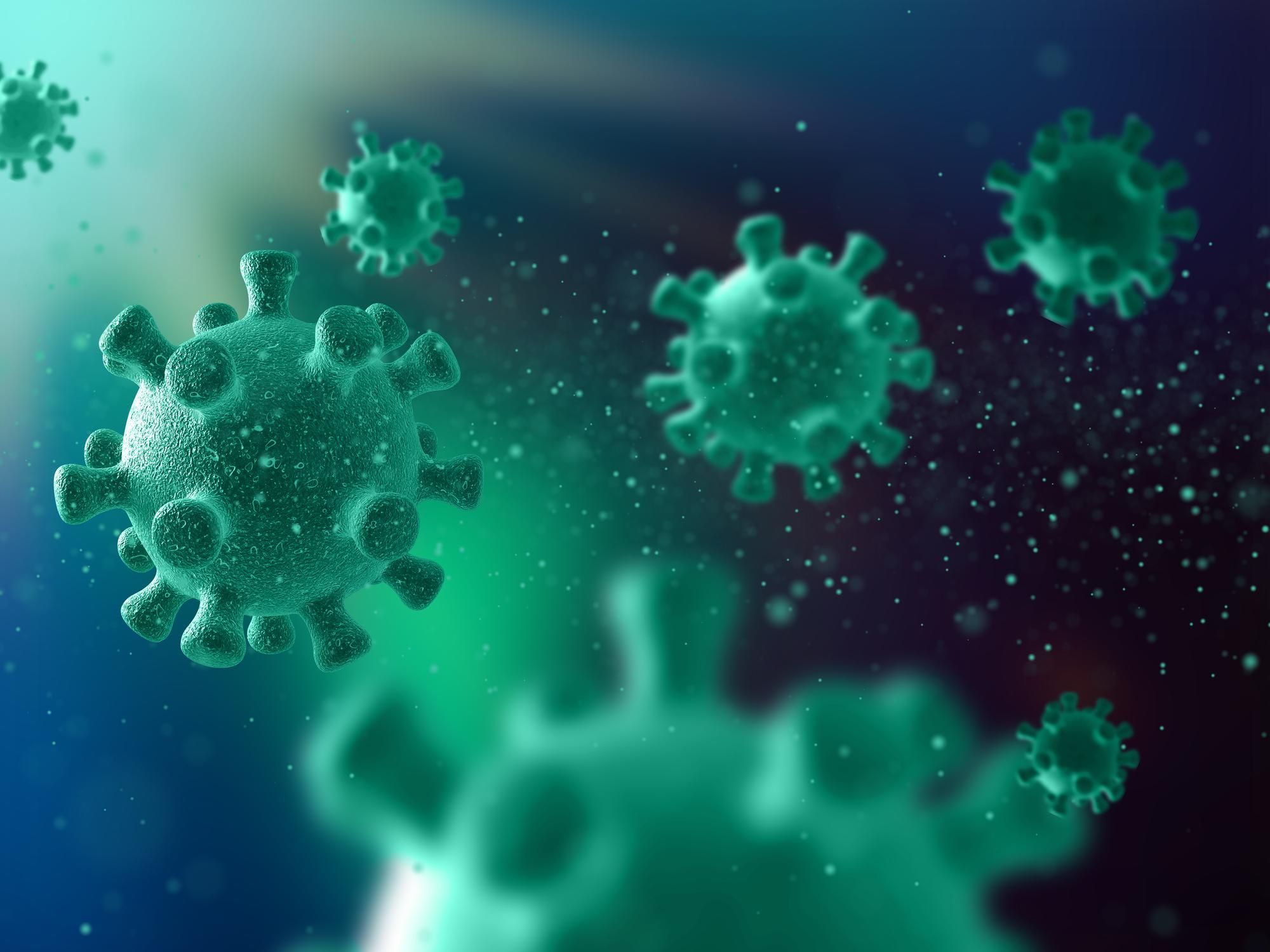Viruses contain all sorts of nourishing biomolecules such as proteins, nucleic acids and lipids. On top of this, especially in aquatic environments, viruses are omnipresent. A typical teaspoon of seawater contains about 50 million(!) viruses. Since viruses are quite specific when it comes to which hosts they can infect; why not eat them? This is exactly what some organisms, now known as virovores do. Their efficiency has remained unclear, until now. Researchers from Switzerland have assessed a single celled aquatic protist from the genus Halteria on its ability to consume viruses. By simply providing viruses as the only food source, a test was done to uncover if Halteria can survive solely on viruses. The results did not disappoint! Not only was Halteria able to survive and thrive; a single cell was observed to eat up to a million viruses daily. That is a lot of snacks! It takes only 50 cells to clear that teaspoon of viruses, and in the wild millions of virovores can consume trillions of viruses. With the role of the virovore now exposed, aquatic food webs can be expected to get an update.



